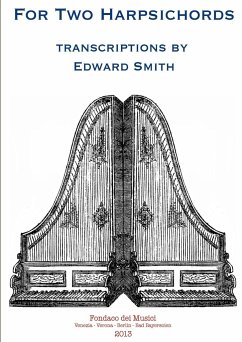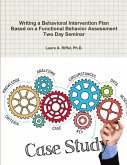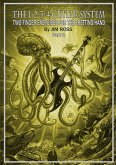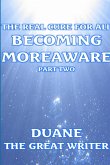F. Couperin, in his preface to his trio-sonata L'Apothéose de Lully, declares that the work may be performed "in a satisfactory way" with two harpsichords instead of two violins and continuo, the players' right hands taking the upper parts, and the left hands doubling the bass. This is how he performs such works at home, he assures us, for "it is easier to find two harpsichords than three string instruments". The present transcriptions exploit the special sonority of the harpsichord, and the original works were selected for their multiple voices that could be distributed between the two instruments in a way to enrich the texture as much as possible. Rameau's colourful and unusual instrumentation is ideal for this sort of treatment, as is Vivaldi's quartet-concerto RV 107. The same composer's Op. 3 no. 7 for string trio plus strings and continuo had already been transcribed for organ by J. S. Bach, and seemed to invite a further elaboration to create the maximum sonority possible for two harpsichords.
Hinweis: Dieser Artikel kann nur an eine deutsche Lieferadresse ausgeliefert werden.
Hinweis: Dieser Artikel kann nur an eine deutsche Lieferadresse ausgeliefert werden.








